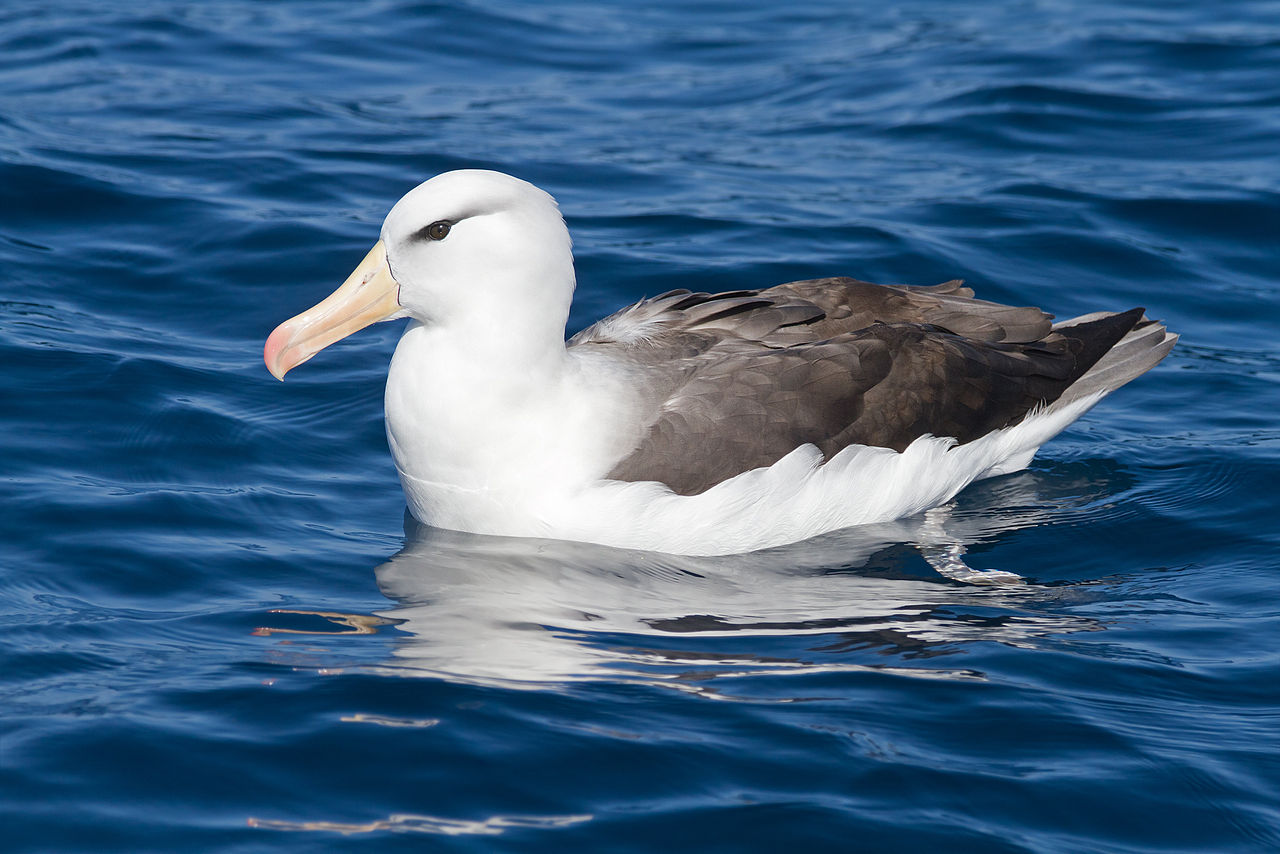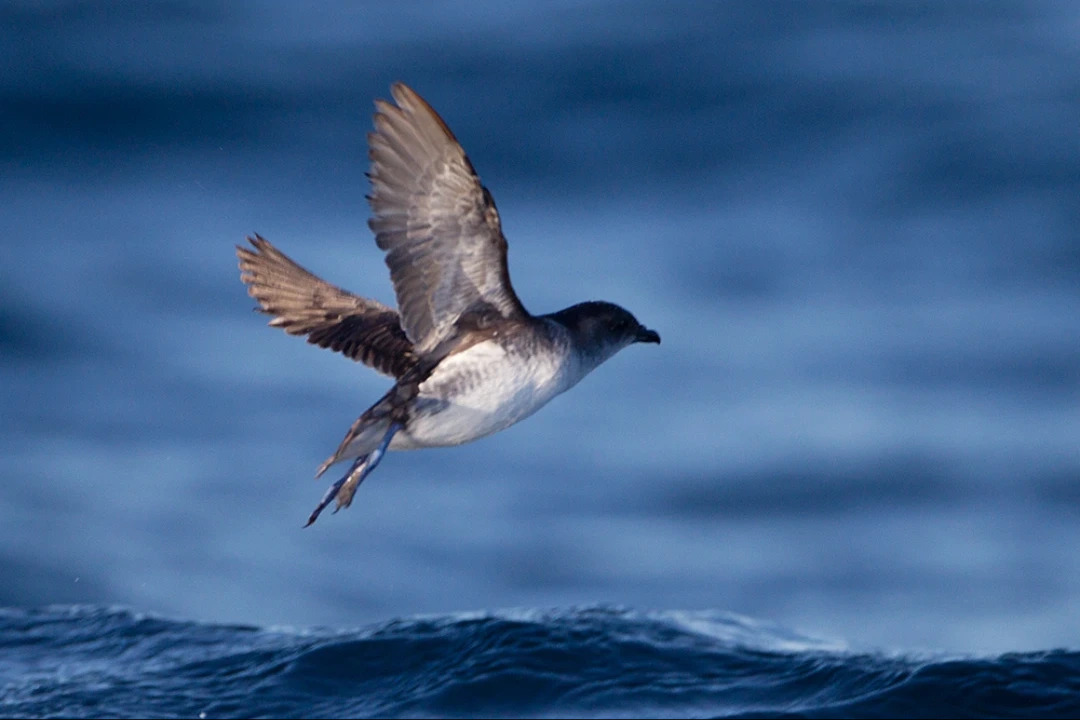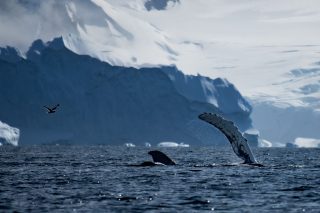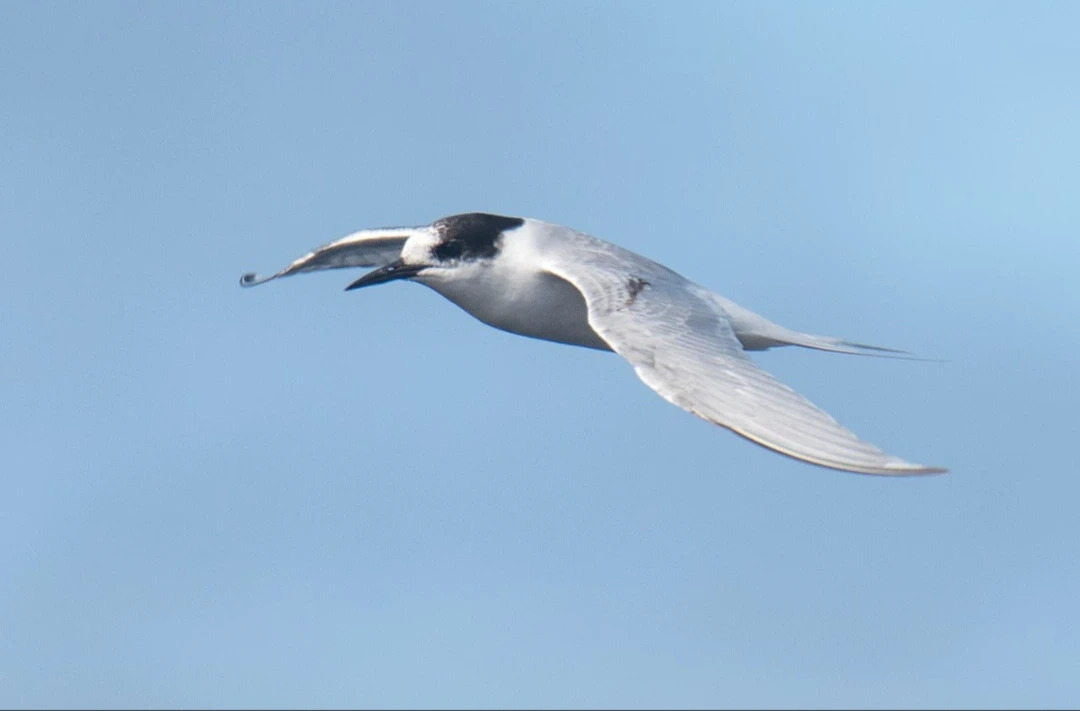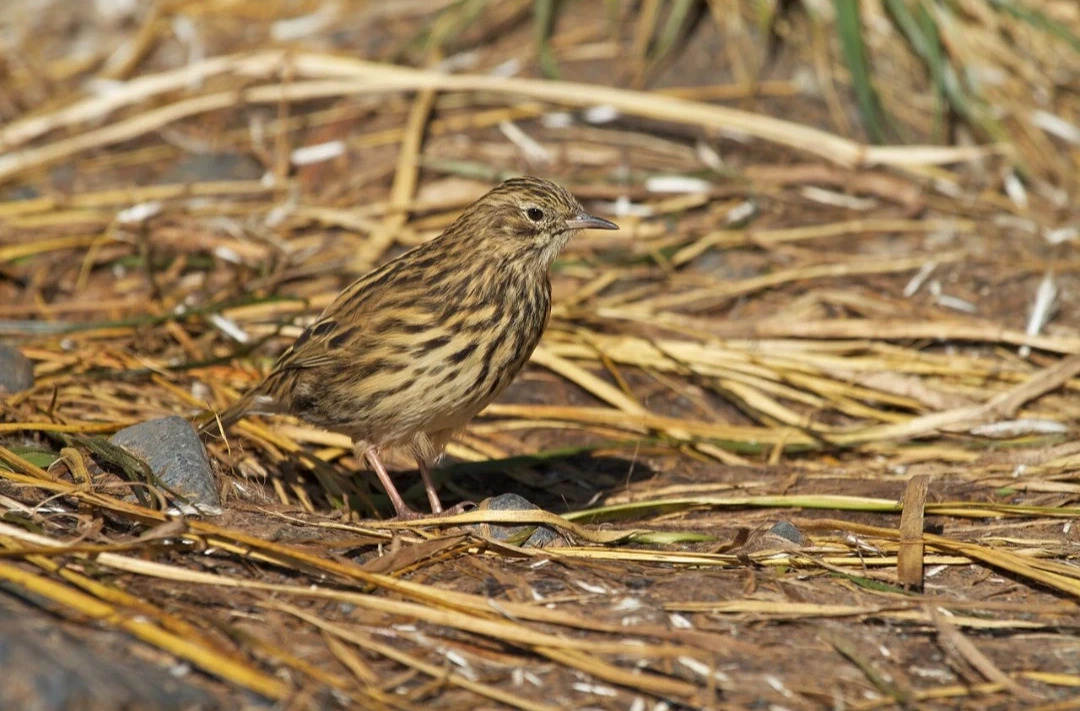Skuas of Antarctica
Antarctica’s skuas, including the formidable south polar and brown skuas, epitomize the resilience required to thrive in one of the planet’s most extreme environments. These top predators, adapted to the harsh Antarctic and sub-Antarctic ecosystems, play a crucial role in maintaining ecological balance.
Their presence underscores the adaptability and survival strategies necessary for life in polar regions. Skuas are known for their aggressive behavior, long-distance migrations, and as indicators of environmental health.
The study of these birds provides key insights into the complex interactions within Antarctic ecosystems and highlights the importance of preserving these unique habitats in the face of global challenges.
Skua Species
Brown Skua (Stercorarius antarcticus)
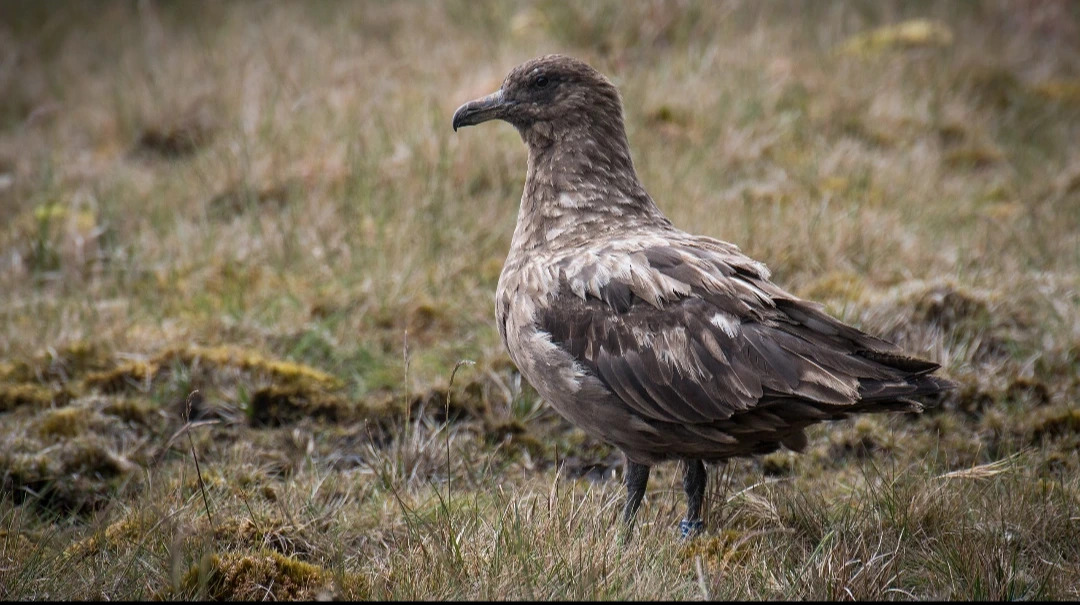
The brown skua is a powerful predator of the southern oceans, exemplifying the harsh survival skills necessary for life in the Antarctic and sub-Antarctic regions. With a robust build, assertive demeanour, and powerful flight, this bird navigates some of the most extreme and remote habitats on Earth. Its presence across icy Antarctic landscapes and the rugged, wind-swept shores of the sub-Antarctic islands highlights the brown skua’s adaptability as a top predator.
Adaptations and Survival Tactics
The brown skua’s life in the Antarctic and sub-Antarctic regions is marked by its versatile feeding strategy, allowing it to thrive as both a hunter and scavenger. Its powerful flight and keen hunting skills make it a successful predator, while its ability to scavenge adds flexibility to its diet. This adaptability is essential for surviving the variable conditions of polar ecosystems, where resources can be scarce.
Role in the Ecosystem
As a top predator, the brown skua plays a significant role in maintaining the balance of its ecosystem. By regulating prey populations, including other seabirds, it directly impacts the structure of the food web. This control over prey species helps sustain the delicate ecological balance in these cold-water environments, linking marine and terrestrial interactions within the polar ecosystem.
Importance of Conservation and Research
Research on the brown skua sheds light on the complex dynamics of polar ecosystems and the critical role top predators play in maintaining ecological stability. With climate change and environmental threats altering polar habitats, protecting the habitats of the brown skua is essential. Conservation efforts focused on preserving these unique environments will ensure that the brown skua continues to contribute to the health and biodiversity of the Antarctic and sub-Antarctic regions for future generations.
Appearance and Size
The brown skua is a large seabird, measuring about 52 to 64 cm (20 to 25 inches) in length, with a wingspan of 125 to 140 cm (49 to 55 inches), and weighing between 1.2 to 2 kg (2.6 to 4.4 lbs). Its plumage is predominantly dark brown, with lighter streaks and a sturdy, hooked bill designed for seizing prey. The bird’s powerful legs and taloned feet underscore its predatory nature.
Behaviour
Brown skuas are known for their aggressive behaviour, especially during the breeding season when they fiercely defend their nests against intruders. They are highly territorial and exhibit remarkable intelligence and problem-solving abilities in their hunting strategies. These birds are also adept flyers, capable of covering long distances in search of food.
Diet
Their diet is diverse, including fish, small mammals, and other seabirds, which they hunt with skill and determination. Brown skuas are particularly notorious for preying on the eggs and chicks of other bird species, showcasing their role as opportunistic predators. They also scavenge carrion and refuse, demonstrating their adaptability in exploiting available food sources.
Reproductive Cycle
Breeding takes place in solitary pairs or loose colonies, with brown skuas building nests on the ground in sheltered locations. They lay one to two eggs, which are incubated by both parents. The chicks are cared for and fed by their parents, growing quickly until they are ready to fledge and fend for themselves.
Habitat and Range
The brown skua is widely distributed across the Antarctic and sub-Antarctic regions, breeding on various islands and along the Antarctic Peninsula. Their choice of habitat reflects their preference for open landscapes near abundant food sources, where they can dominate as top predators.
The conservation of the brown skua and its environment is crucial for the health of Antarctic and sub-Antarctic ecosystems. By protecting these regions from overfishing, pollution, and habitat destruction, we ensure the survival of the brown skua and the myriad species that share its habitat.
Understanding the ecological role and challenges faced by the brown skua is essential for fostering a sustainable coexistence with these remarkable birds and preserving the pristine wilderness of the southernmost reaches of our planet.
Back To Top
South Polar Skua (Stercorarius maccormicki)
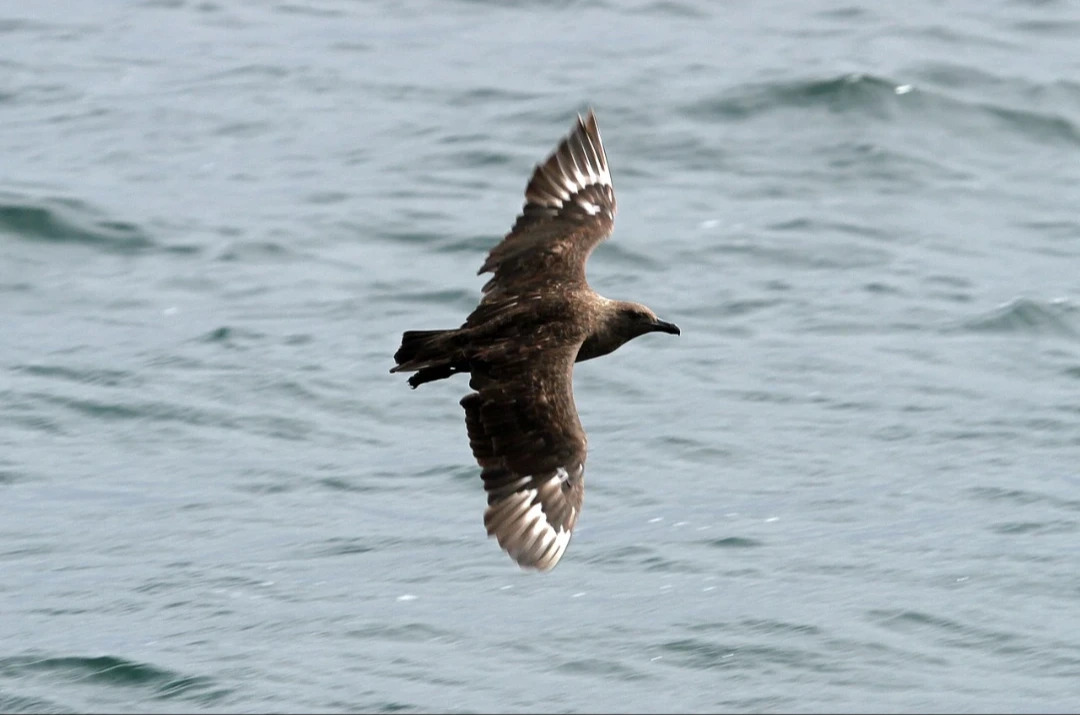
The south polar skua is a formidable bird of prey, dominating the Antarctic skies and seas with its tenacity and strength. Recognised for its dark plumage and powerful build, this species exemplifies the resilience needed to survive in the world’s coldest and most remote environments. The skua’s presence across the stark landscapes of Antarctica highlights its adaptability and vital role in polar ecosystems.
Adaptations and Survival Strategies
Known for its aggressive hunting tactics and robust nesting behaviour, the south polar skua is well-equipped for survival in extreme conditions. It undertakes long migratory journeys and relies on a blend of predation and scavenging, which allows it to exploit a range of food sources, from fish and krill to the eggs and chicks of other seabirds. This opportunistic feeding strategy is central to its success as a top predator in Antarctica’s challenging environment.
Role in the Antarctic Ecosystem
As both predator and scavenger, the south polar skua is crucial to maintaining the ecological balance within Antarctic ecosystems. By regulating populations of other seabirds, it plays a direct role in shaping the dynamics of the food web. Its presence influences species distribution and abundance, contributing to nutrient cycling and the overall health of the ecosystem.
Importance of Conservation and Research
Studying the south polar skua provides valuable insights into the functioning of polar ecosystems and the importance of top predators. As climate change and environmental shifts threaten polar regions, understanding the role of the south polar skua in Antarctic ecosystems is essential for conservation efforts. Preserving the habitats that support this resilient species is vital to maintaining the balance and biodiversity of the Antarctic, ensuring the health of its unique marine environment for generations to come.
Appearance and Size
The south polar skua is a large bird, measuring approximately 53 to 58 cm (21 to 23 inches) in length, with a wingspan of 132 to 140 cm (52 to 55 inches), and weighing between 1 to 1.5 kg (2.2 to 3.3 lbs). Its plumage varies from light brown to almost black, often with lighter patches on the head and neck. The bird’s stout build, hooked bill, and strong talons are indicative of its predatory nature.
Behaviour
South polar skuas are known for their fearless and often aggressive behaviour, especially in defence of their nests or when competing for food. They exhibit remarkable flying skills, capable of swift, agile manoeuvres in pursuit of prey or when engaging in aerial battles with rivals. These skuas are also highly migratory, travelling vast distances between their Antarctic breeding grounds and northern wintering areas.
Diet
Their diet is varied, including fish, small mammals, and other seabirds, particularly penguin chicks and eggs. South polar skuas are adept hunters, often targeting the young of other bird species, and are also known to scavenge, taking advantage of carcasses and refuse for an easy meal. This dual role as predator and scavenger underscores their adaptability and importance in the Antarctic food web.
Reproductive Cycle
Breeding occurs in the Antarctic summer, where south polar skuas establish territories and build nests on the ground, usually in rocky or bare areas. They lay one to two eggs, which are incubated by both parents. The chicks are precocial and are closely guarded and fed by their parents until they are ready to fledge.
Habitat and Range
The south polar skua breeds in the Antarctic and sub-Antarctic regions, choosing nesting sites that offer some protection from the elements and access to food sources. Outside the breeding season, they migrate north to spend the winter in the North Atlantic and Pacific Oceans, demonstrating their incredible endurance and navigational abilities.
The conservation of the south polar skua is vital for preserving the delicate balance of the Antarctic ecosystem. Protecting these birds and their breeding and foraging habitats ensures the continuation of their role as a keystone species in polar environments. Understanding the life and challenges of the south polar skua is crucial for advancing our knowledge of Antarctic ecology and the impacts of climate change on these remote regions, highlighting the need for global conservation efforts to safeguard the future of the Antarctic and its inhabitants.
Back To Top

